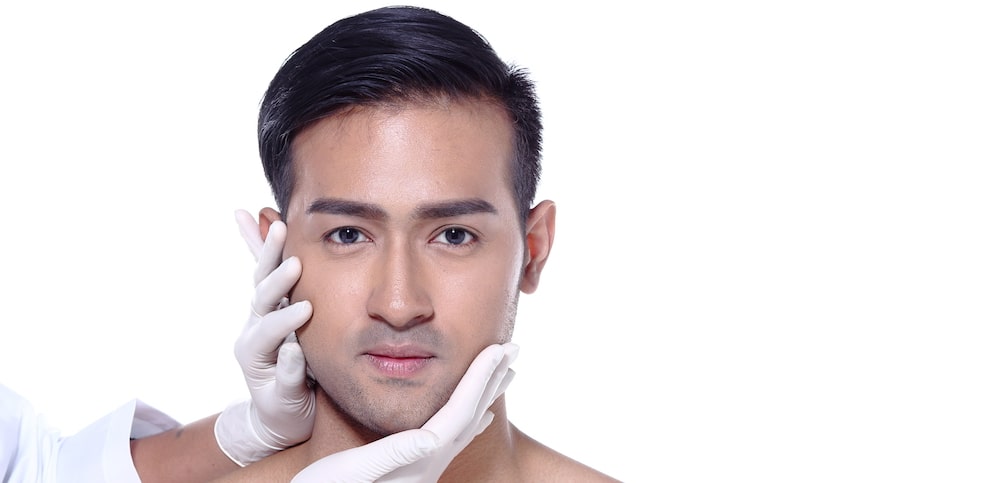
The jaw can sometimes be overly large in appearance and some patients wish they could alter its size or appearance. Jawline surgery can be performed to shave the jaw in order to give it a slimmer and/or more well-defined look. Interested in altering the appearance of your jawline? If so, take a look below for some informative info that will give you a better insight into jawline plastic surgery.
Jawline surgery, which is also known as orthognathic surgery, is performed to reshape the jaw and chin of a patient. The surgery can provide a greater enhancement or definition to the jaw. In addition, it can also give a patient a reduction in the size of the bone which can result in a slimmer look to the chin. There are also some cases where jawline surgery can used to create a realignment of the teeth and jaw to restore them to their proper function.
Ideal candidates include patients that are not happy with the current appearance of their jaw, someone that is suffering from pain caused by temporomandibular joint (TMJ) disorder or a person that has a jaw that is uneven or a jaw that causes pain while chewing food. Patients that are not fully grown should wait to have the surgery since the jaw can shift as a person grows.
In order for the cost of jawline surgery to be fully or partially covered by insurance, the procedure will need to be performed for a functional issue such as difficulty swallowing or chewing. If the procedure is desired for cosmetic reasons, the patient will need to pay for the surgery out of pocket.
During a jawline surgery, the cuts are typically made inside the mouth so there are no visible scars. If the jaw or the teeth are not aligned correctly, they will be cut and repositioned by the surgeon. The surgeon will use screws, small bone plates or wires and rubber bands to secure the jaw in place. If screws are used to secure the jaw, they are considered to be permanent and will integrate into the jaw as time passes.
If you are undergoing a jaw reduction procedure, the surgeon will make a small incision inside the mouth. The incision will be located between the cheek and the gum. Once the incision is made, the surgeon will use a “micro-saw” or a laser to shave off the desired amount of the bone.
In general, jawline surgery shaves the targeted part of the bone to reduce the overall size of the jaw. A jaw reduction procedure is focused on the back portion of the jaw (in the back by the ears). This surgery can help to smooth out the look of the jaw and also give the face a slimmer overall look.
A jawline surgery can be performed on the upper or lower jaw. It can also be performed on both areas of the jaw depending on the desired final results.
If you are not interested in having a jaw reduction surgery chin implants are an option to discuss with a surgeon. Chin implants involve fitting an implant around the natural area of the chin in order to create a look to the jaw that is sharper and better defined.
If you want a more pronounced jawline but don’t want to undergo surgery, dermal fillers are an option for someone that wants to gain a slight enhancement to the jawline.
Botox can give you a similar appearance to the jaw as jawline shaving surgery. Botox provides a slimmer look to the jowls (AKA the masseter muscles) and gives the chin a thinner appearance.
While Botox and fillers mean you don’t have to undergo jawline surgery, neither one provides permanent results which means follow-up treatments will need to be performed.
If you decide to have jawline surgery, please be aware of the following risks:
You can expect to stay in the hospital for a couple of days after the surgery. The amount of time, if any, you spend in the hospital depends on the extent of the surgical procedure.
You can expect to see some swelling after the jawline surgery. Once the swelling starts to go away, you will be able to view some results almost immediately. The results of this procedure will be permanent. It might be necessary to wear braces in order to properly align the teeth with the updated shape of the jaw.
Before making the final decision to have jawline surgery, schedule a consultation appointment with a board-certified doctor that is experienced in performing the surgery. The doctor can address any questions or concerns you have about the procedure and also let you know the type of results you can realistically expect to see after jawline surgery.
- MA